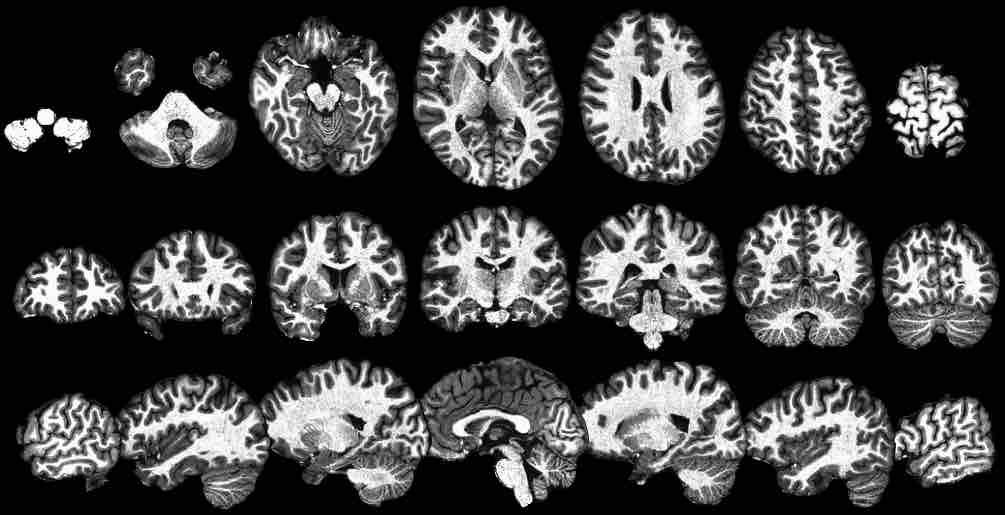
Scipy 2020
This was the first time I attended and presented at the annual Scientific Python Conference, an interesting mix of folks from academic, commercial, and governmental organizations, all brought together through a common interest in scientific-computing with Python. My presentation was focused on the design choices we made in the Cosan Lab around building Nltools our open-source toolbox for analyzing neuroimaging data. The key point of what I was hoping to get across was thinking about the design of scientific software from the perspective of the end-user’s learning experience and intuition-building.
Rather that rehash the main points here, I’ve embedded the video in case it’s of interest.
What was notable to me, other than the warm, fun, and welcoming community was how several speakers made related points around software design in this particular frame, e.g.
Three rules for building good software:
— Dillon Niederhut PhD (@dillonniederhut) July 9, 2020
1. build on existing tools wherever you can
2. the development team should be the first users
3. iterate until onboarding new users is painless@DrAnneCarpenter at #SciPy2020 pic.twitter.com/ps9YcH0ybe
All-in-all, I highly recommend that psych/neuro folks try to engage with communities like SciPy if you get a chance. There’s a lot of amazing work and opportunities to contribute and give back to the free and open tooling we in turn rely upon for our work.